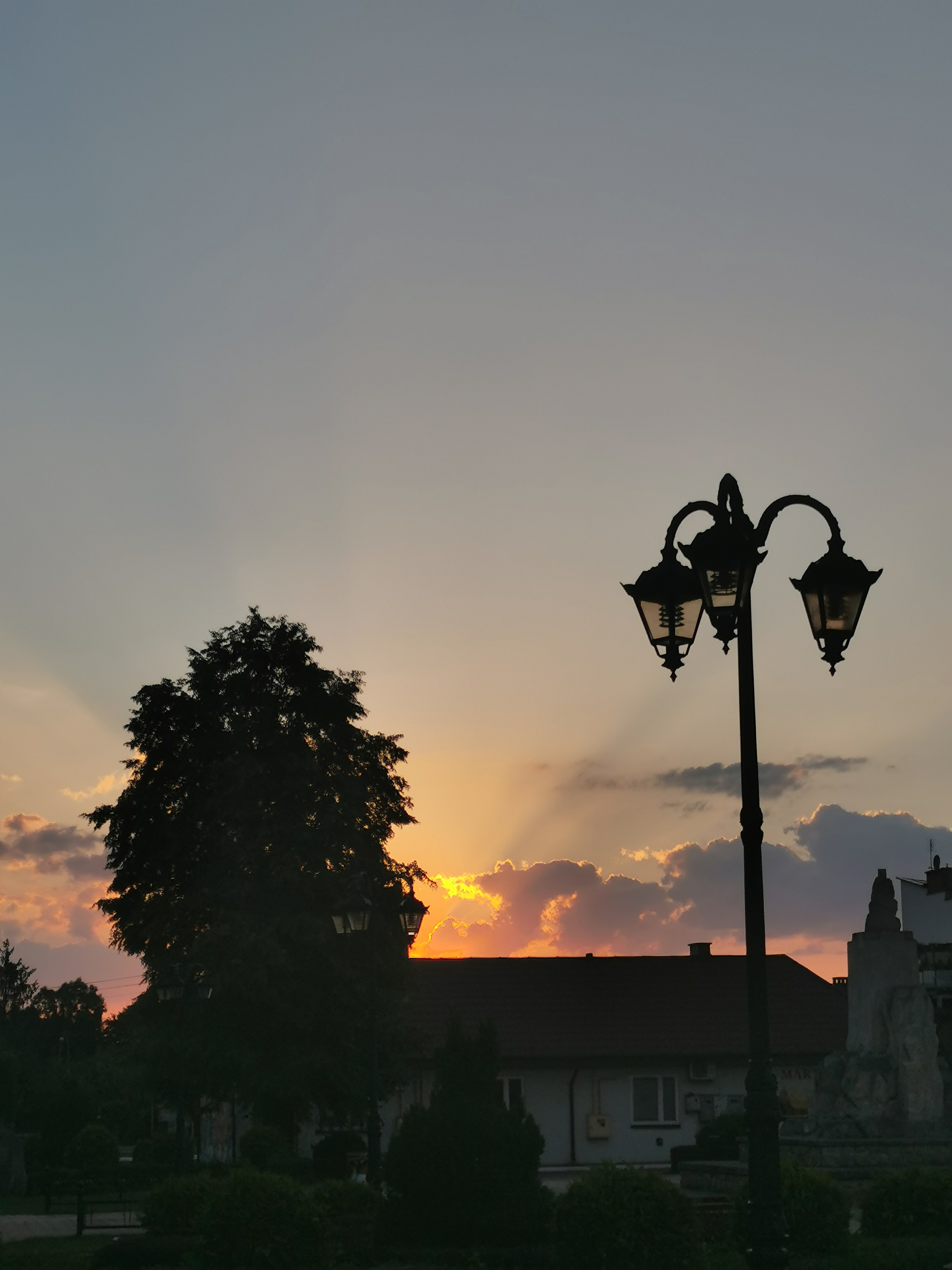Poverty
Cards (4)
- “Many can’t go there; and many would rather die.”
- Repetition of “many”: Emphasises the scale of suffering among the poor
- “Rather die”: A shocking phrase that highlights how brutal and degrading workhouses were
- Tone: Serious and direct, contrasting with Scrooge’s dismissive attitude
- Effect: Dickens shows that poverty is not just about lack of money — it’s about dignity and survival
- “Brave in ribbons”
- Juxtaposition: The Cratchits are poor, but they wear their best clothes with pride
- “Brave”: Suggests dignity and effort despite hardship
- Symbolism: The ribbons represent joy and family pride, not wealth
- Effect: Dickens shows that poverty doesn’t strip people of their humanity — the Cratchits are loving, joyful, and proud despite having little
- “The ways were foul and narrow; the shops and houses wretched.”
- Adjective “foul”: Creates a sensory image of filth, decay, and moral neglect
- It conveys both physical dirt and a sense of social corruption
- “Wretched”: Emotive language suggesting misery and abandonment
- Asyndetic listing (“the shops and houses wretched”): The lack of conjunctions adds to the harsh, relentless feel — there’s no break from poverty
- Effect: Dickens immerses the reader in the squalor of urban poverty, showing how the environment reflects societal neglect
- “Scanty but they were in a singularly fine flow, for they had been Tim’s blood-horse all the way from church.”
- “Scanty”: Suggests poverty — they have little — but the focus is on emotional warmth
- Metaphor “Tim’s blood-horse”: Imaginative and joyful — even poor children create wonder from nothing
- Juxtaposition: Physical weakness and economic hardship contrast with childlike joy and imagination
- Effect: Dickens highlights resilience in the poor, but also subtly points out how poverty forces children to suffer physically while masking it emotionally
